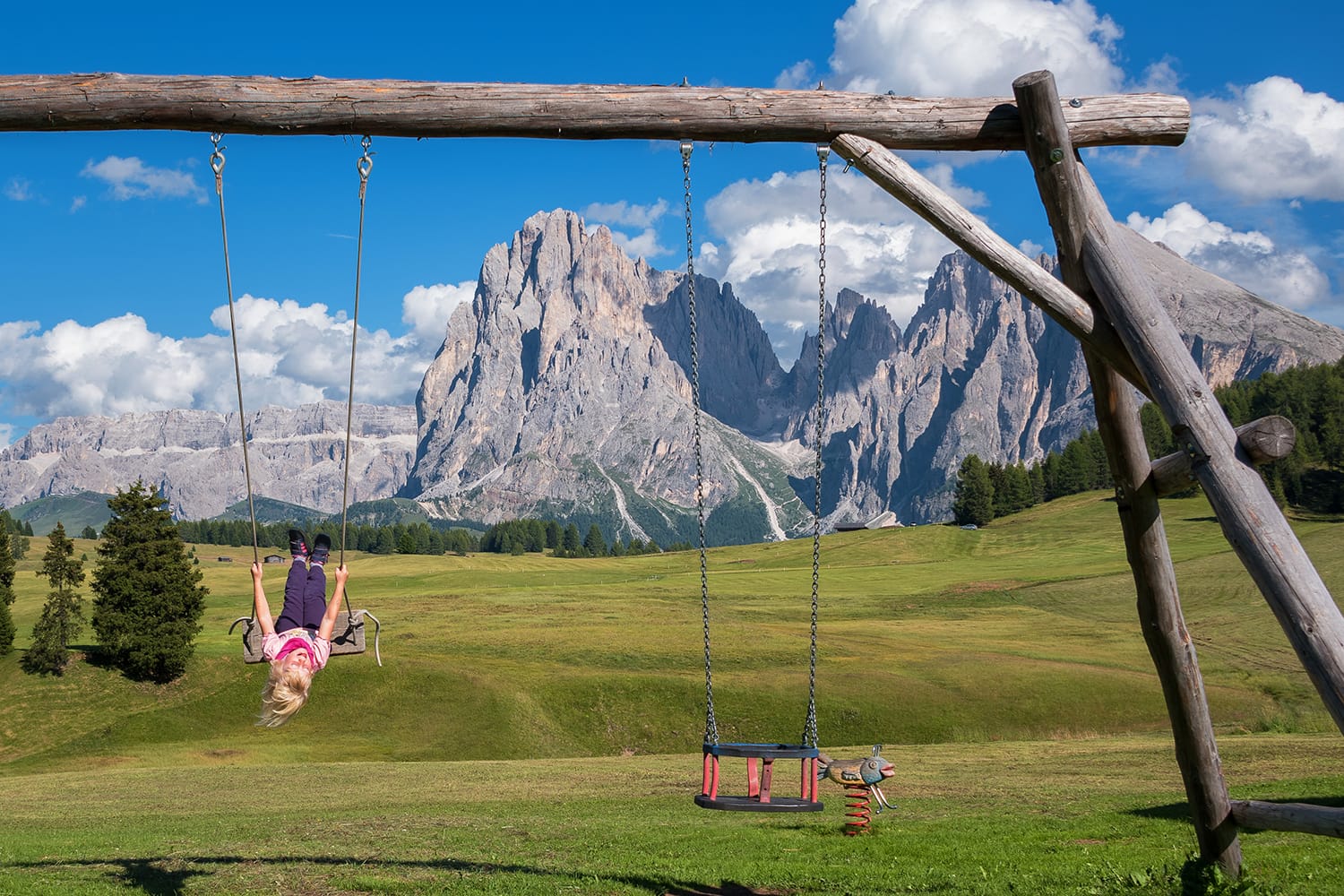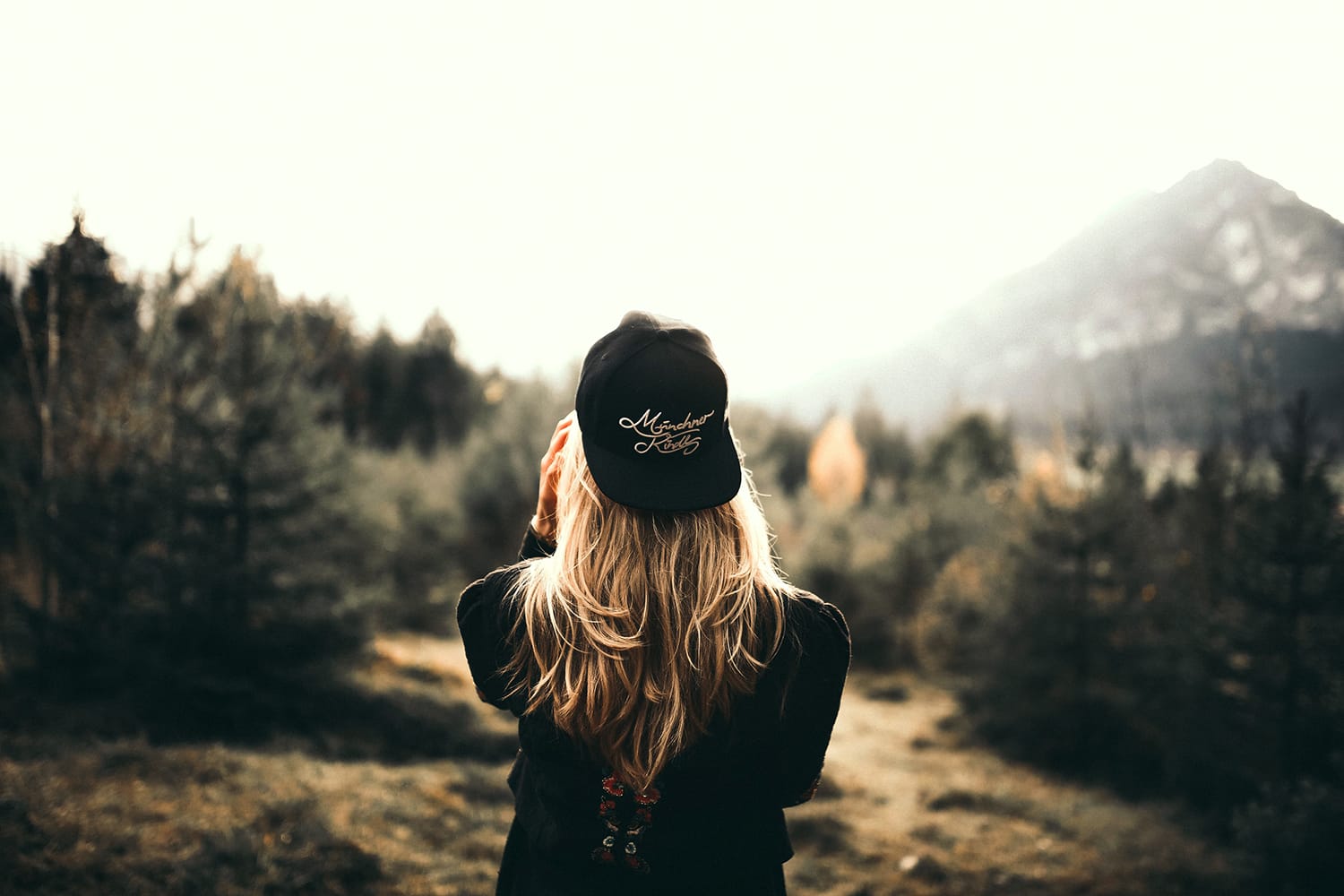Can’t-Miss Tips and Tricks to Know Your Subject Better
There are a lot of things that you can do to make sure that your photos come out exceptionally well. For most photographers, the most important item on the list is to familiarize every single detail of the camera.
Of course, technical knowledge, a good location & the right weather, and a complete understanding of what the client wants or the projects stand for are also important.

Most of the time, however, there is one essential aspect that a lot of photographers – especially the new ones – easily forget or take for granted: the subject. To create good images, a photographer should build a connection with the subject. Theirs should be a (working) relationship guided by mutual understanding.
Why Is It Important to Know Your Subject
Knowing your subject gives you the opportunity to plan your shots. While it’s true that you cannot predict the weather, how much natural light is available, or what your 8-year-old subject would like to do or plan to do, if you know your subject well, you will have an idea of what to expect.
For example, your 8-year-old model loves to play on the swing. If you spent time to get to know the little boy better before the shoot, you’ll know this and will try to find a way to shoot where there are swings. Once you are on location, you can prepare yourself for whatever will happen: the little boy can unexpectedly run to the swing upon seeing it and you’ll be able to capture this beautifully because you already expected it from your subject. In other words, the more you are familiar with your subject, the more chances you have of capturing the best shot and the best moment.

Subject here does not only mean humans. It can also be objects, places, and even events or activities. A good example would be photographing the sunset. If you find time to study the sunset in your area, you’ll know which location and time it is best to shoot. In the same manner, if you are shooting swimmers in a swim meet or competition, it would be best to get to know the swimmers/competitors before the event. If this cannot be done personally, there are other ways to do so like watching video clips of their previous competitions and interviews. This will give you an idea how they move in the pool and you can then anticipate your shots.
The best reason why it is important for a photographer to get to know their subject better is to establish a connection, one that will allow them to be comfortable with and around each other. As such, the photographer will be able to exercise photographic creativity well because of the trust afforded by the subject.
When a photographer and subject understand each other, everything will flow well – work becomes more fun and photos come out stunning, as the best moments are easy to capture.

The Tips and Tricks
Here are some simple tips and tricks that can help you get to know your photography subject better.
- Do not forget to smile.
A smile is a good icebreaker. Most of the time, people you meet for the first time form their initial impressions about you by observing whether you smile or not. So, please, smile your sweetest smile and let your subject know that you are friendly and can be trusted. - Find a common interest.
If your subject is a celebrity or important personality, find time to research and gather information about the person. Let’s say you’re photographing a local TV show host. Find essential information about the subject’s TV hosting history, endorsements, charities or advocacies supported, interests other than hosting, and future plans. Doing this will help you find details that you can relate with and use for the photoshoot. Looking for a common interest is a good way of establishing a connection. - If you are shooting an inanimate subject, put down your camera and observe your subject.
If your subject is the sunset or a winding trail in a secluded area, find time to be away from your gear. Put down that camera, find an area where you can sit (or stand) comfortably, and observe your subject. Seeing the sunset or the winding trail with your eyes (not through camera lens) will give you an entirely different view. You’ll be able to spot little things and discover important details that you can use for the images you are planning to create. Once you’ve completely absorbed your subject’s details, find time to describe it. This will help you find aspects that you can use in telling the story through your photos. - Talk to your subject.
And when you do, do not forget to look at your subject and establish eye contact. Since you already have an idea of what your subject’s interests and background are, it will be quite easy to strike up a conversation. You can start by asking, “How are you feeling today?” It’s a very simple question that can break a lot of barriers. If your subject knows how comfortable you are to talk to, establishing a connection and earning trust points will be easy. - Go out of your comfort zone.
Even if you are not into socializing or you’re not comfortable around people you do not know, push yourself to go out of your comfort zone and find the courage to get to know your subjects. It can be two days before the shoot or five minutes before the event. It will be uncomfortable at first, but you’ll soon get used to it, especially when you realize how much your subject has come to trust you.
Conclusion
Getting to know your subject may mean extra work and added time for you. But this shouldn’t matter because the reward you’ll get in the end will bring you satisfaction and creative victory. No matter what camera trick or technique you know, if you do not establish a good connection with your subjects, you won’t be able to produce that masterpiece you so want to have.
